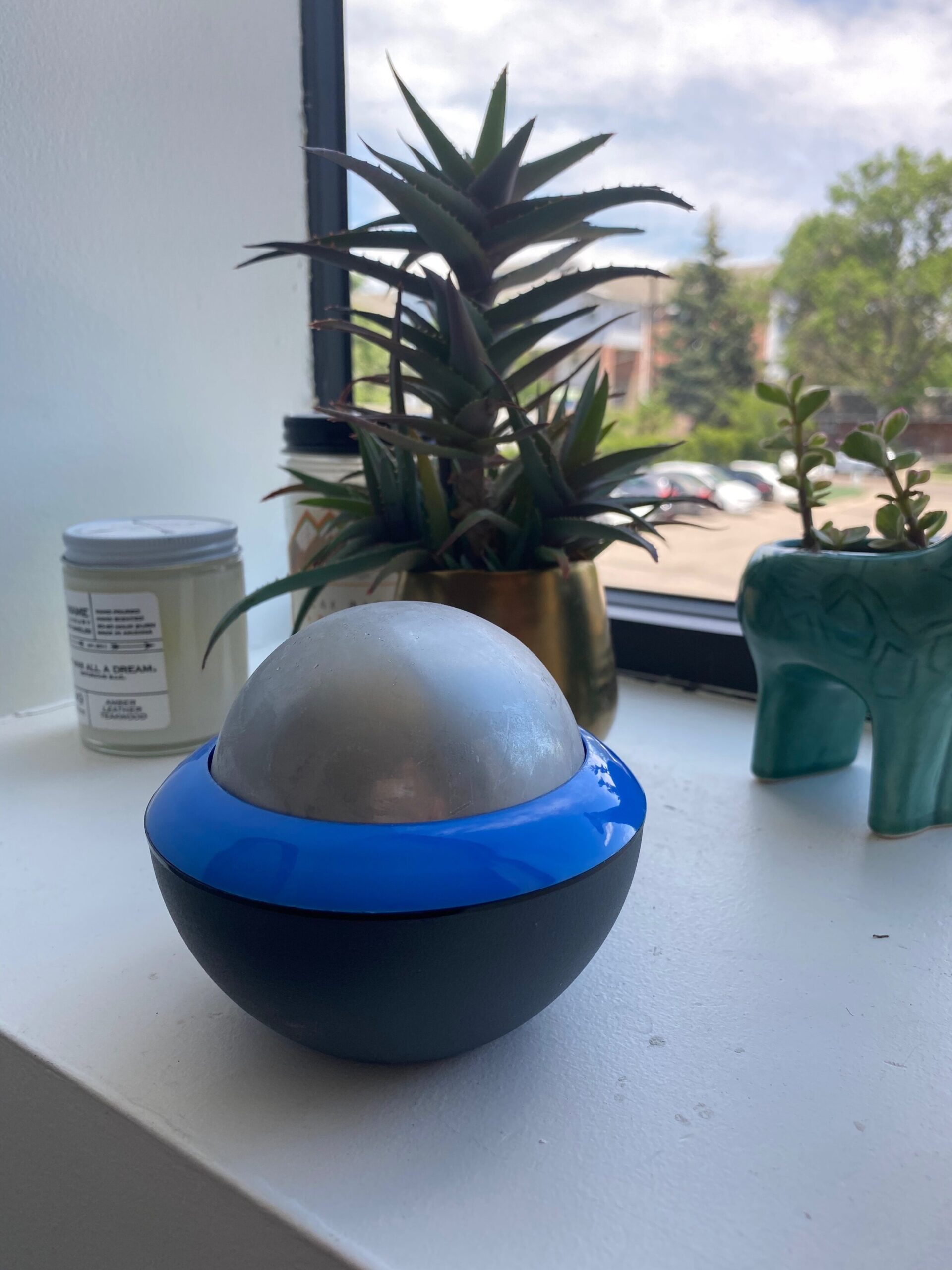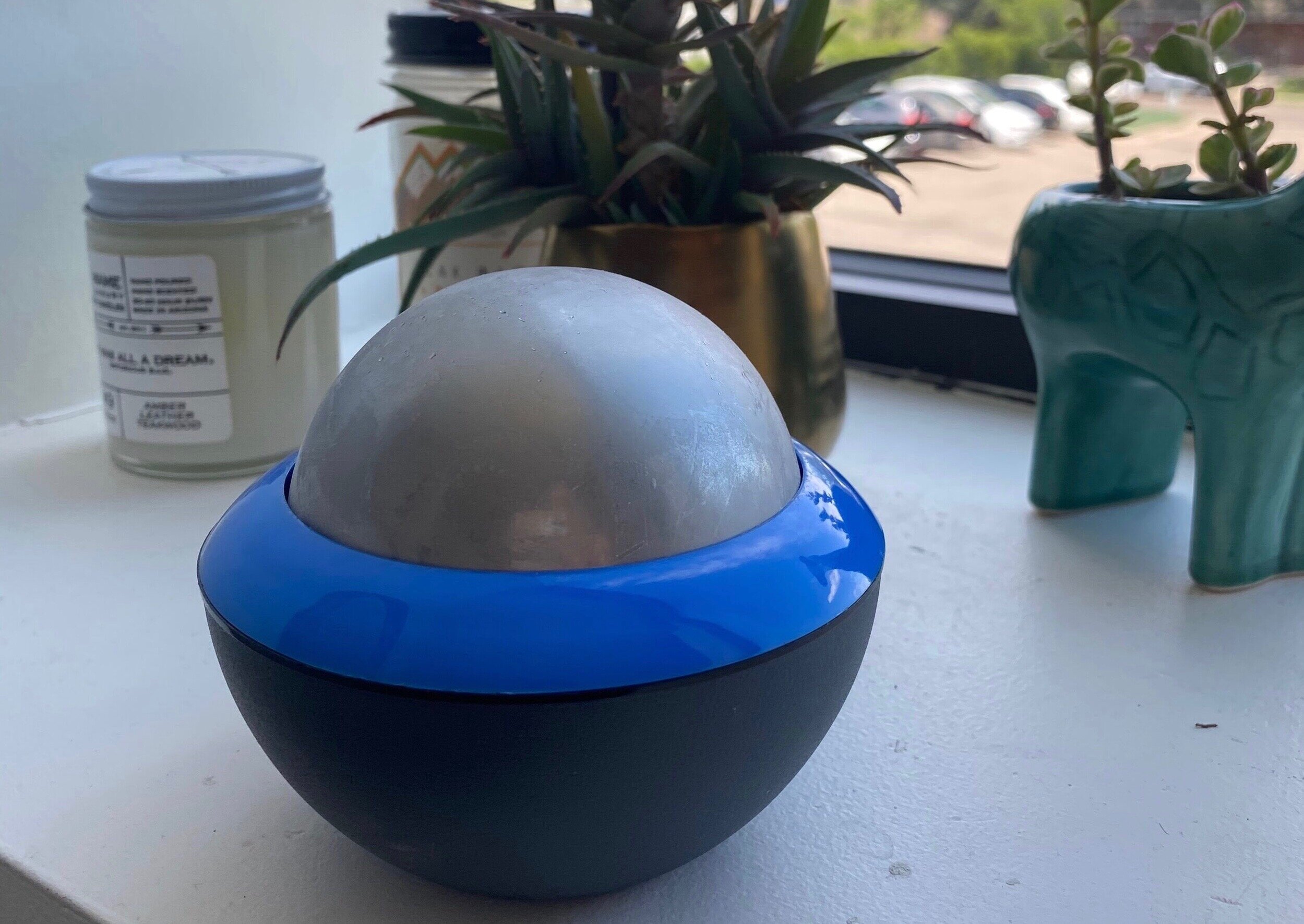The Great Debate: Ice or Heat … And When to Use Both!
June 25, 2020

by Dr. Hayley Nick

I’ll use the word inflammation a lot in this post, but what exactly is inflammation anyway? The term is thrown around a lot, but in the context of acute injuries, inflammation is your body’s way of protecting damaged tissue. The classic example of inflammation is when you sprain your ankle. Almost everyone has had a sprain a time or two … you roll your ankle and 45 minutes later it’ has swelled to four times its original size. Your body is super smart and inflicts this swelling reaction to help protect your ankle from further damage. But, does this swelling aid or inhibit healing?
New Injury? Ice.
When we get hurt, our bodies automatically tighten muscles around the injured tissue to protect it (muscle spasms and swelling can even happen in tissues that aren’t injured). This reaction is how our bodies know to protect and is a part of our “fight or flight response”. While this response is good in the event that you’re being chased by zombies and need to run on a sprained ankle, it decreases healing and can cause the injury to linger much longer. A huge increase in inflammation can actually cause more damage to the injured tissue and decrease the amount of nutrients, like oxygen, that get to the injured site. A decrease in nutrients can cause hypoxic injury, secondary to the tissue injury, which means cells begin to die due to a lack of oxygen and healing can take longer to happen.
When you put ice on an injury your blood vessels constrict, or get more narrow, which in turn pushes blood out of the muscle. This is a good thing because that blood is filled with chemical mediators that induce inflammation and decrease oxygen getting to the injured tissue. Once the ice is removed, new, reoxygenated blood can populate the muscle and aid in the healing process. Some research even shows that the sooner you ice, the sooner you’ll recover.
Why We Tell You to Ice After a Chiropractic Appointment/Treatment
You might be wondering why we always tell you that ice can decrease soreness after your chiropractic treatment. Chiropractic adjustments treat misalignments throughout joints in the body. Without chiropractic adjustments, overtime, misaligned joints that are stuck in the wrong position can form scar tissue that builds up (don’t worry, this scar tissue takes about 35-45 days to start to form). After an adjustment, some inflammation may occur due to the breakdown of this scar tissue, and ice can help decrease any soreness after treatment. Overtime soreness won’t happen due to the decrease in scar tissue build up in your joint.
Another form of treatment we use is IASTM, which is a form of myofascial treatment that targets adhesions in the fascia. IASTM breaks down adhesions and allows muscles to function optimally by creating micro tears in the fascial covering. While these micro tears aren’t official “injuries” and don’t cause pain, they can cause a chemical cascade of inflammation, which can cause soreness (like after a really good workout). Icing after IASTM gets oxygen to the area and helps you recover ASAP.
Heat & When To Use It
Heat has a place in recovery but is used less often than ice. Heat is best used on injuries that are chronic, which means the pain has been present for weeks or longer. When injuries become chronic, blood supply starts to decrease to that area due to the lack of function in the joint. This type of injury can also result in a lack of range of motion or decreased sensation on the surface of the skin. Heat works the opposite of ice … it dilates the blood vessels and will bring nutrients and blood flow to the injured area. However, chronic injuries that flare up with acute exacerbations should be treated with ice. Heat should also not be used on new injuries, injuries that cause swelling, on open wounds, or if you are diabetic!
Of course, it is always best to be evaluated before determining if ice or heat is best for you. You can also feel free to email your provider to get their opinion if you’re an established patient!
Resources: